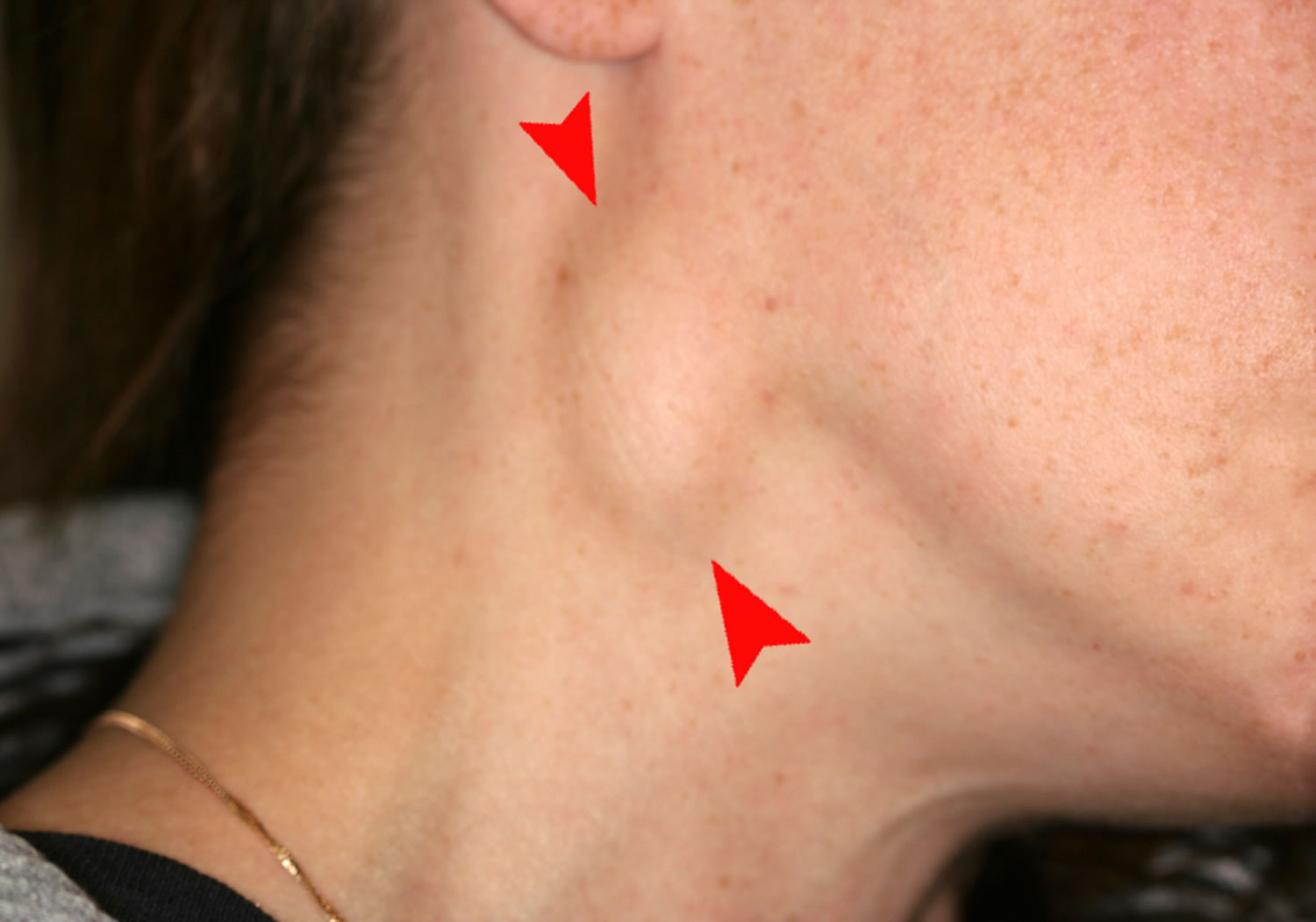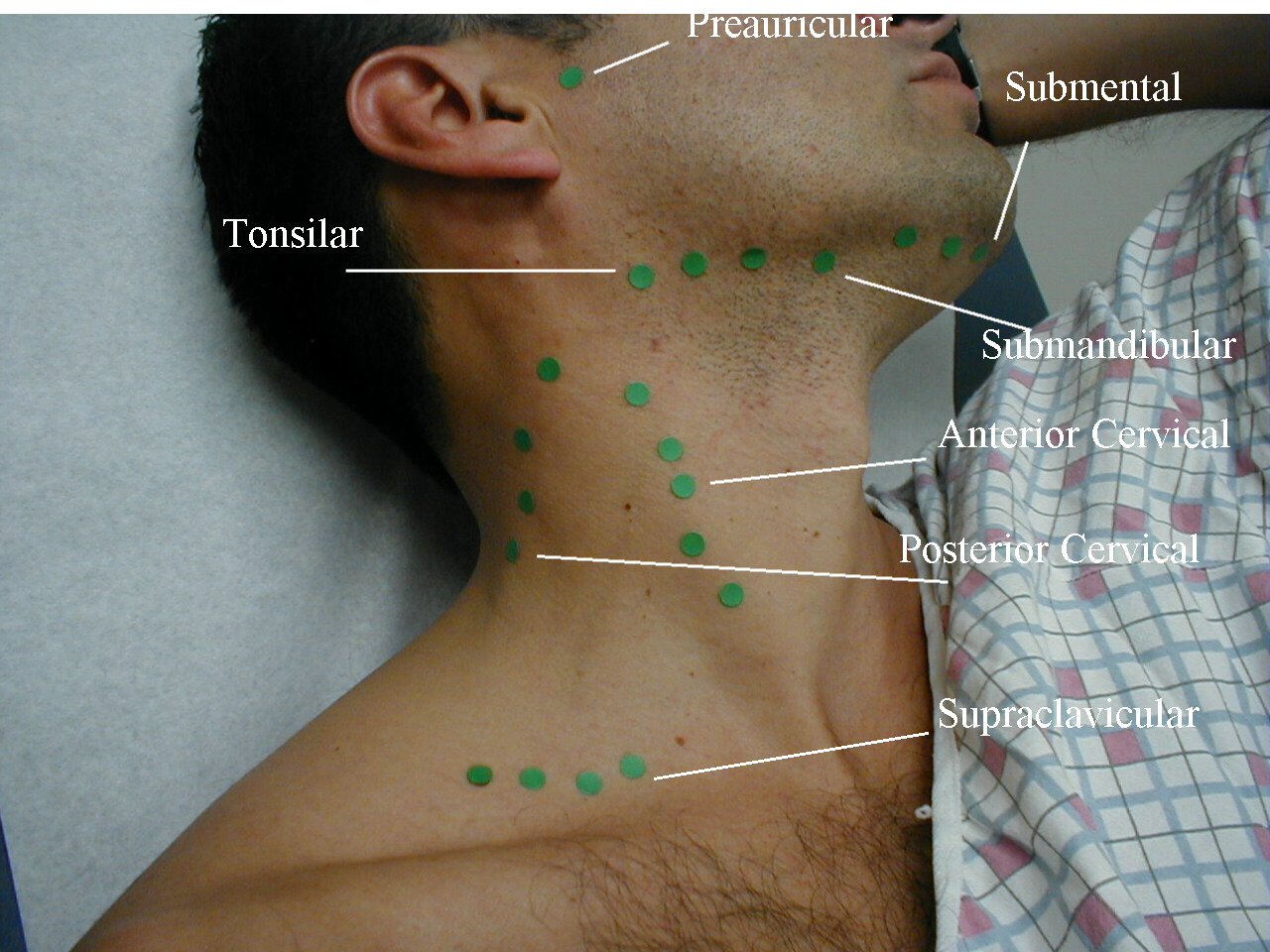

Examples include the following:Ī history of cat scratch raises the possibility of B. Lymphadenopathy might also follow the use of medications such as phenytoin and isoniazid.Įxposure to an individual with an infectious disease suggests the corresponding disease. Response of cervical lymphadenopathy to specific antimicrobial therapies might help to confirm or exclude a diagnosis. Immunization-related lymphadenopathy might follow diphtheria-pertussis-tetanus, poliomyelitis, or typhoid fever vaccination. Lymphadenopathy resulting from CMV, EBV, or HIV might follow a blood transfusion. Mouth sores suggests herpangina or herpes simplex gingivostomatitis. Periodontal or dental disease suggests infection caused by anaerobic organisms. Recent facial or neck abrasions or infection suggests staphylococcal or streptococcal infection.

Preceding tonsillitis suggests streptococcal infection. Unexplained fever, fatigue, rash, and arthralgia raise the possibility of collagen vascular disease or serum sickness. Recurrent cough and hemoptysis are indicative of tuberculosis. Less frequent causes include syphilis, nocardiasis, brucellosis, and fungal infection.įever, sore throat, and cough suggest an upper respiratory tract infection.įever, night sweats, and weight loss suggest lymphoma or tuberculosis. gondii, Epstein-Barr virus (EBV), cytomegalovirus (CMV), human immunodeficiency virus (HIV), nontuberculous mycobacteria (M. Subacute or chronic cervical lymphadenitis: Subacute or chronic cervical lymphadenitis is often caused by B. Acute unilateral cervical lymphadenitis in older children with a history of periodontal disease is often caused by anaerobic bacteria. aureus and in young infants by Streptococcus agalactiae (group B streptococcus). In neonates, acute unilateral cervical lymphadenitis is generally caused by S. aureus in approximately 40%-80% of cases. It can also be part of a generalized reticuloendothelial response to a systemic infection.Īcute unilateral cervical lymphadenitis: Acute unilateral cervical lymphadenitis is caused by S.

pyogenes and, less commonly, Mycoplasma pneumoniae). aureus, Streptococcus pyogenes (group A ß-hemolytic streptococcus), and nontuberculous mycobacteria (Mycobacterium avium-intracellulare, Mycobacterium scrofulaceum, Myocobacterium kansasii, Mycobacterium haemophilus, Mycobacterium lentiflavum, Mycobacterium malmoense, Mycobacterium florentinum, Mycobacterium interjectum), and others.īetween 5 and 18 years of age: Anaerobic bacteria, Toxoplasma gondii, Bartonella henselae, and Mycobacterium tuberculosiĪcute bilateral cervical lymphadenitis: Acute bilateral cervical lymphadenitis is usually caused by a viral upper respiratory tract infection (e.g., rhinovirus, adenovirus, enterovirus, herpes simplex virus, influenza virus) or bacterial pharyngitis (notably, S. aureus, group B streptococci, and Kawasaki diseaseīetween 1 and 4 years of age: Viral agents, S. Neonatal period: Staphylococcus aureus and group B streptococcus Some organisms have a predilection for a specific age group. Most children with cervical lymphadenitis are 1-4 years of age. In the majority of cases, it is infectious in origin se The prognosis depends on the underlying cause.


 0 kommentar(er)
0 kommentar(er)
